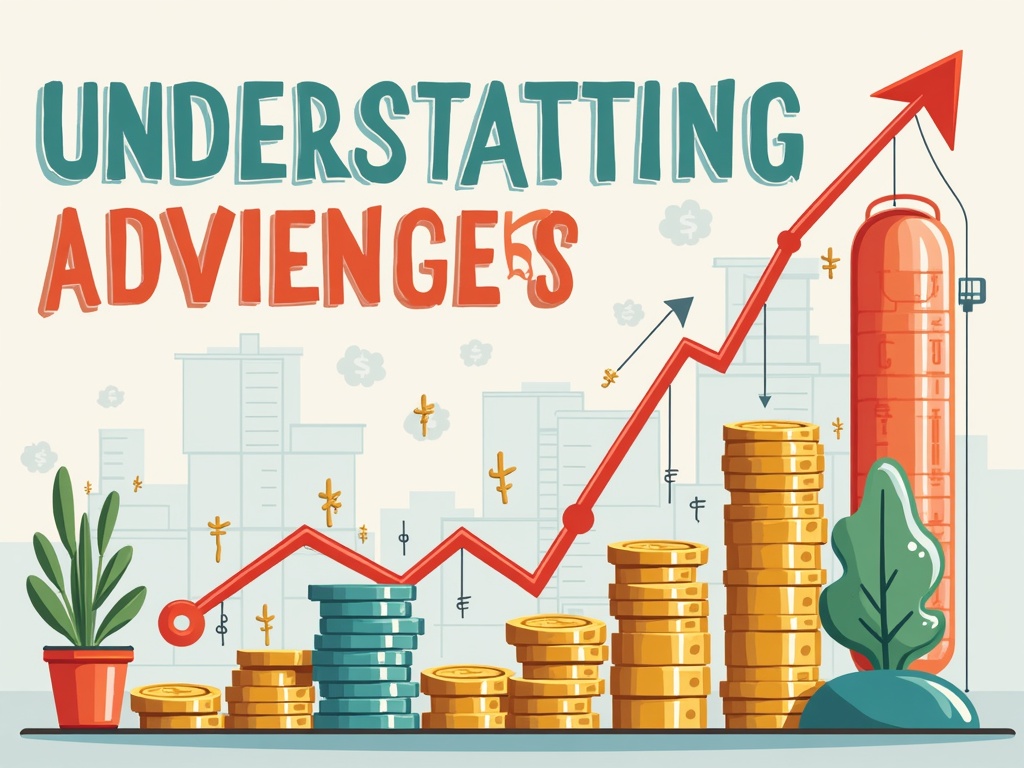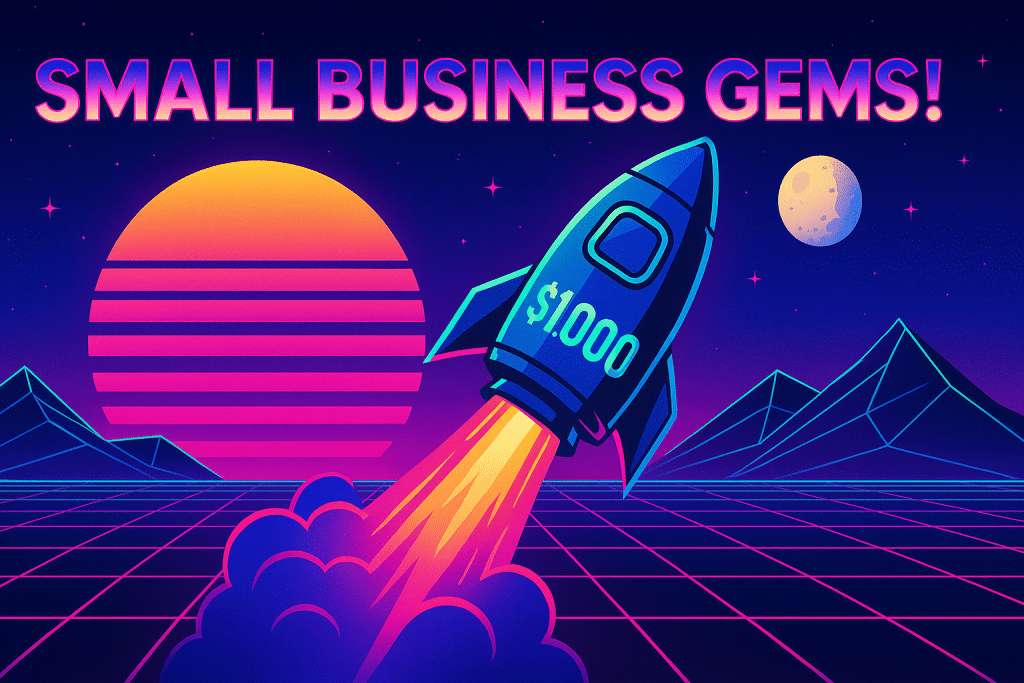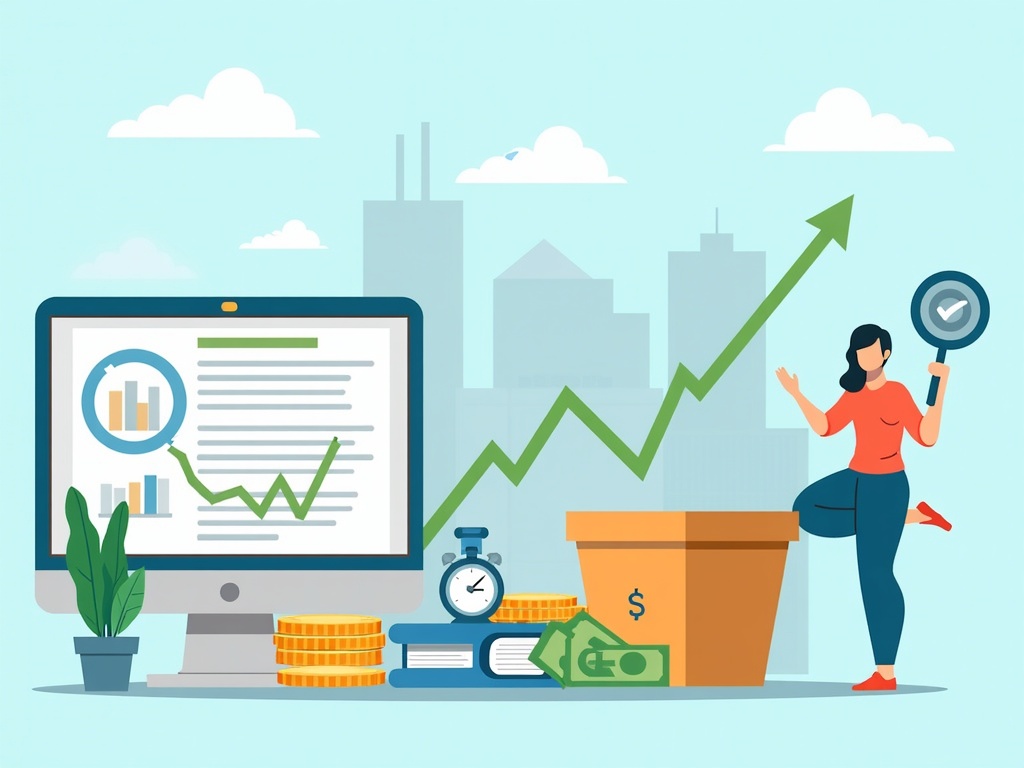How Much Does It REALLY Cost to Start a Business? A Deep Dive
So, you’ve got the entrepreneurial itch. That’s fantastic! You’ve envisioned your product flying off the shelves, your service revolutionizing the industry, and yourself, finally calling the shots. But before you hand in your resignation letter and dive headfirst into the startup world, there’s a crucial question that needs answering: How much does it really cost to start a business?
It’s a question that haunts many aspiring entrepreneurs, precisely because there’s no single, straightforward answer. The truth is, startup costs are a wildly variable beast. They depend on everything from the industry you’re entering and the scale of your ambitions to your location and your ability to bootstrap. But don’t let that uncertainty paralyze you. This guide will break down the key expenses you’ll likely encounter and provide a framework for calculating your own personalized startup costs.
Understanding the Major Categories of Startup Costs
Think of startup costs as falling into two main buckets: one-time expenses and ongoing operational expenses. One-time expenses are those initial investments you make to get the business off the ground. Ongoing expenses are the costs you’ll incur regularly to keep the business running.
One-Time Startup Expenses
These are the foundational costs – the investments you absolutely need to launch. They can be substantial, so plan accordingly.
- Business Plan & Market Research: Believe it or not, time is money. Before you spend a dime, invest time (or hire a professional) to thoroughly research your market, target audience, and competitive landscape. A solid business plan, though it might seem intangible, is an essential guiding document that will save you money (and headaches) down the road. You could invest in market research tools, industry reports, or consultant fees.
- Legal & Regulatory Fees: This includes everything from registering your business name and obtaining the necessary licenses and permits to drafting contracts and ensuring compliance with local, state, and federal regulations. Don’t skimp here. A lawyer experienced in small business law can be an invaluable asset.
- Equipment & Technology: This category is highly variable. A consulting firm might need only a laptop and a subscription to Zoom, while a manufacturing business will require heavy machinery and specialized software. Consider carefully what equipment is absolutely essential from day one vs. what you can acquire later.
- Initial Inventory: If you’re selling physical products, you’ll need inventory. Calculate your estimated sales for the first few months and purchase enough inventory to meet that demand, but be careful not to overstock.
- Real Estate & Build-Out Costs: Whether you’re leasing office space, renting a storefront, or building a custom facility, real estate is often one of the biggest startup expenses. Factor in not just rent or mortgage payments, but also security deposits, renovation costs, and utility hookups.
- Branding & Marketing Materials: Your brand is your identity. Invest in a professional logo, website design, and initial marketing materials (business cards, brochures, social media templates).
Ongoing Operational Expenses
These are the costs you’ll consistently face to keep your business operating smoothly.
- Rent & Utilities: Your monthly rent payment, electricity, water, internet, and phone bills all fall into this category.
- Salaries & Wages: If you have employees (including yourself!), these are your largest ongoing costs. Factor in not just base pay, but also payroll taxes, benefits, and workers’ compensation insurance.
- Marketing & Advertising: Attracting and retaining customers requires ongoing marketing efforts. Allocate a budget for online advertising, social media marketing, content creation, and public relations.
- Inventory Replenishment: As you sell products, you’ll need to replenish your inventory. Factor in the cost of goods sold (COGS) and shipping expenses.
- Software & Subscriptions: Many businesses rely on software subscriptions for accounting, customer relationship management (CRM), project management, and other essential functions.
- Insurance: General liability insurance, property insurance, and professional liability insurance are crucial for protecting your business from potential risks.
- Maintenance & Repairs: Equipment breaks down, buildings need repairs. Budget for these unexpected but inevitable expenses.
Industry-Specific Startup Cost Considerations
The costs outlined above are broadly applicable to most businesses, but certain industries have unique cost drivers. Here’s a glimpse into how startup costs can vary across different sectors:
- Restaurant: High build-out costs (kitchen equipment, ventilation systems), food inventory management, and staffing are major considerations.
- Software as a Service (SaaS): Focus on software development, server infrastructure, customer support, and marketing.
- Retail Store: Prime location rent, point-of-sale (POS) systems, inventory management, and visual merchandising are crucial.
- Consulting: Lower initial investment, but requires strong marketing and networking to build a client base.
- Manufacturing: Significant investment in machinery, raw materials, and factory space.
Calculating Your Personalized Startup Costs: A Step-by-Step Guide
Ready to get down to brass tacks? Here’s a structured approach to estimating your own startup costs:
- Brainstorm & List: Start by creating a comprehensive list of every expense you anticipate, both one-time and ongoing. Don’t be afraid to be granular – the more detailed your list, the more accurate your estimate will be. Think through every aspect of your business operation, from the pens you’ll need to the software you’ll use.
- Research & Gather Quotes: Once you have your list, start researching the cost of each item. Get quotes from vendors, suppliers, contractors, and service providers. Don’t settle for the first price you find; shop around and compare options.
- Create a Spreadsheet: Organize your expenses in a spreadsheet, with separate columns for one-time costs and ongoing costs. Subdivide ongoing costs into monthly and annual expenses.
- Estimate Revenue: Project your anticipated revenue for the first year. Be realistic, even conservative. It’s better to underestimate revenue and exceed expectations than the other way around.
- Calculate Your Break-Even Point: Determine how much revenue you need to generate each month to cover your expenses. This will help you understand how long it will take for your business to become profitable. You can find plenty of free break-even point calculators online.
- Add a Contingency Fund: Unexpected costs are inevitable. Add a contingency fund of at least 10-20% to your total startup costs to cover unforeseen expenses.
- Refine & Revise: Your initial estimate is just that – an estimate. As you gather more information and refine your business plan, revisit your cost projections and make adjustments as needed.
Funding Your Startup: Where to Find the Money
Once you have a solid understanding of your startup costs, the next hurdle is securing funding. Here are some common sources of capital:
- Personal Savings: Bootstrapping with your own savings is the most common way to start a business. It gives you complete control and avoids the need to repay debt.
- Loans from Friends & Family: If you don’t have enough personal savings, consider borrowing from friends and family. Formalize the loan agreement with a written contract to avoid misunderstandings.
- Small Business Loans: Banks and credit unions offer a variety of small business loans, including SBA loans, which are guaranteed by the government. Be prepared to provide a detailed business plan and financial projections.
- Grants: Government agencies and private foundations offer grants to support small businesses. Research grant opportunities and apply for those that align with your business model.
- Angel Investors & Venture Capital: If you have a high-growth potential business, you may be able to attract angel investors or venture capital firms. These investors provide capital in exchange for equity in your company.
- Crowdfunding: Platforms like Kickstarter and Indiegogo allow you to raise money from a large number of people in exchange for rewards or equity.
Cutting Costs Without Cutting Corners
Starting a business can be expensive, but there are ways to minimize your expenses without sacrificing quality or compromising your long-term prospects:
- Bootstrap: Start lean and avoid unnecessary expenses. Focus on the essentials and gradually scale up as your business grows.
- Negotiate: Don’t be afraid to negotiate prices with vendors and suppliers. You may be surprised at how much you can save.
- Barter: Trade your services with other businesses in exchange for their products or services.
- DIY: Handle as many tasks as you can yourself, especially in the early stages. Learn new skills and leverage free online resources.
- Embrace Technology: Utilize free or low-cost software tools to automate tasks and improve efficiency.
- Remote Work: Save on rent and utilities by operating your business remotely or offering flexible work arrangements to employees.
The Intangible Investments: What Can’t Be Measured in Dollars
While we’ve focused on the tangible costs of starting a business, it’s crucial to acknowledge the intangible investments you’ll make: your time, your energy, and your personal sacrifice. Starting a business is demanding, and it will require a significant commitment of your resources. Be prepared to work long hours, face setbacks, and make difficult decisions. These are the costs that don’t show up on a spreadsheet, but they are just as real and just as important to consider. Your resilience, your passion, and your unwavering belief in your vision will be critical to your success.
Final Thoughts: Knowledge is Power
The question of how much does it cost to start a business is complex, but it’s not insurmountable. By understanding the various categories of expenses, calculating your personalized costs, and exploring your funding options, you can approach your entrepreneurial journey with confidence and a clear roadmap. Remember, knowledge is power. The more informed you are, the better equipped you’ll be to navigate the challenges and seize the opportunities that lie ahead. Now, go turn that dream into a reality!





